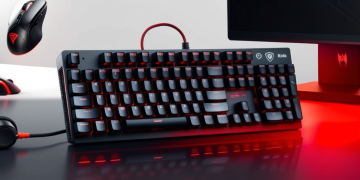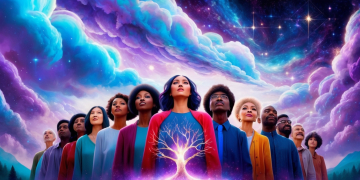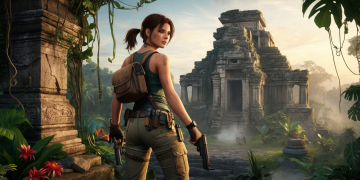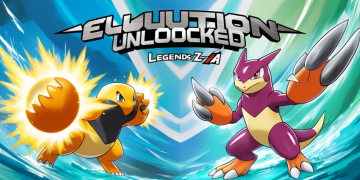Navigating Legacy and Innovation: The Complex Dynamics of Kurama's Fate in Boruto
- Jan 13, 2025
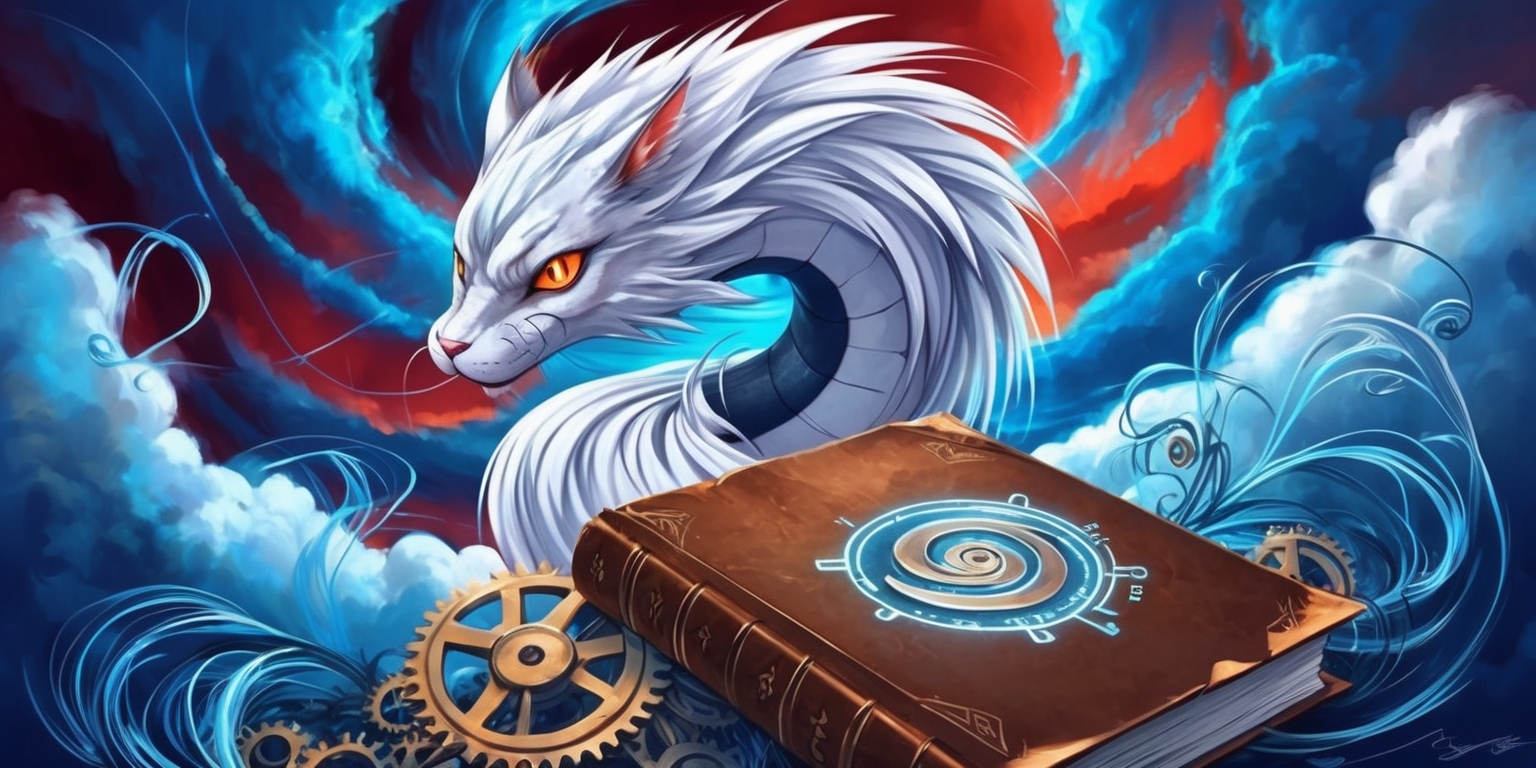
The realm of manga is brimming with elaborate narratives and rich character development, where every decision made by the creators can evoke strong emotions among fans. In the case of the legendary work “Naruto” and its sequel series, “Boruto,” the discussion around character destinies becomes pivotal. While “Boruto” strives to create its own identity, it is undeniably influenced by the legacy of its predecessor. A particular point of contention between its creator Masashi Kishimoto and main illustrator Mikio Ikemoto has created quite the buzz among enthusiasts, particularly revolving the fate of one significant character.
Understanding the Shadows of Legacy
As a continuation of “Naruto,” “Boruto” faces the challenge of striking a balance between nostalgia and innovation. Characters from the original series loom large over the new cast, creating both opportunities and hurdles in character storytelling. While fresh narratives emerge, the shadows of iconic characters may sometimes overshadow this growth, leading to debates on how much past influences present conflicts.
The Man Behind the Characters
Masashi Kishimoto, the creative force behind the “Naruto” universe, is known for his distinctive storytelling style that interweaves personal struggles with profound growth. On the other hand, Mikio Ikemoto, who continues the legacy through “Boruto,” brings his unique perspective that sometimes diverges from Kishimoto's vision. Their collaborative relationship has resulted in a fascinating dynamic, particularly when discussing character arcs and destinies.
The Nine-Tailed Fox: Kurama's Legacy
One of the most significant core characters in this ongoing saga is Kurama, the nine-tailed fox. Initially portrayed as a fierce enemy, Kurama's transformation into Naruto's greatest ally has won the hearts of fans. His journey mirrors themes of companionship and redemption, highlighting the complexity of his character.
A Pivotal Turning Point
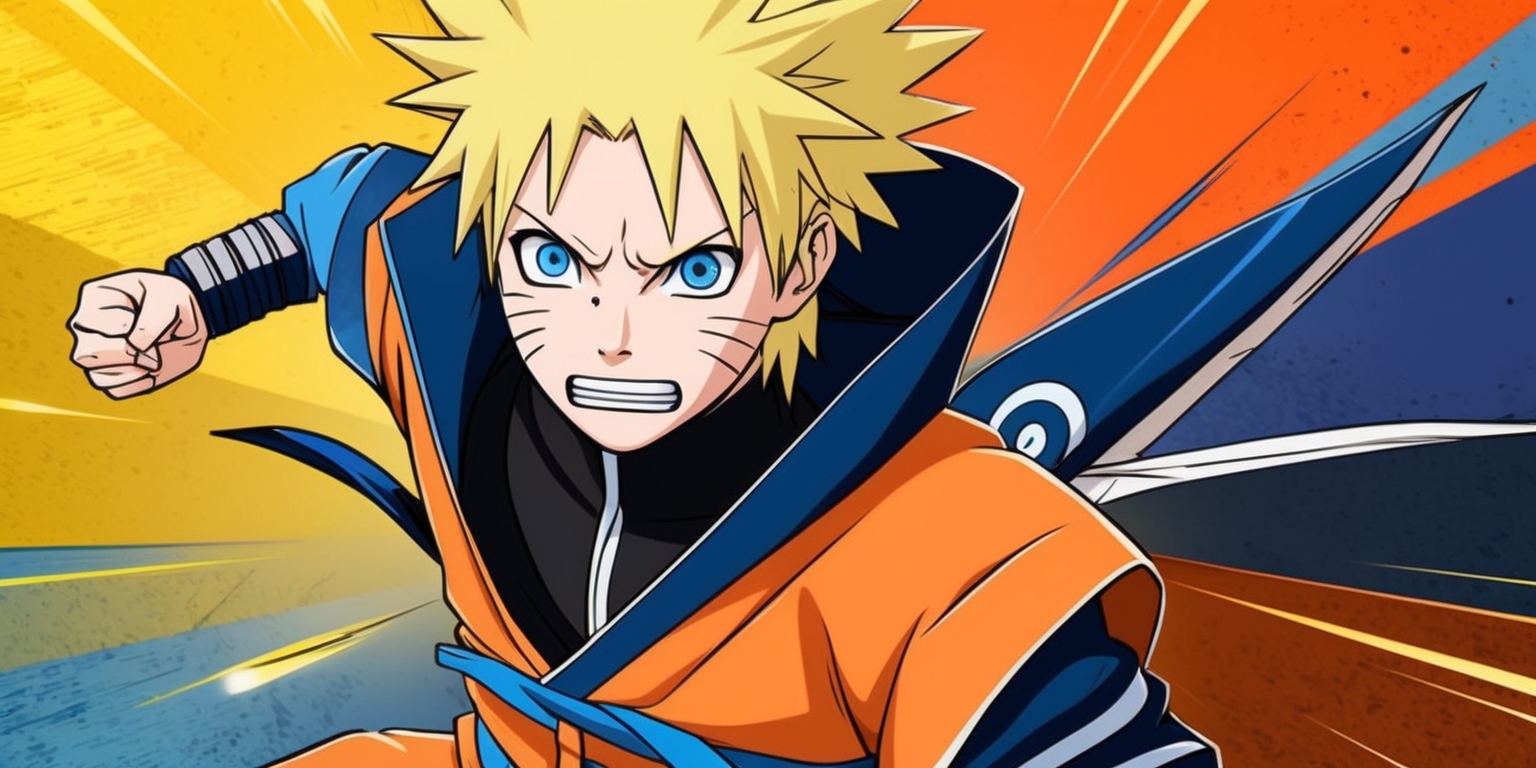
Kurama's death in “Boruto” marked a heartbreaking moment for fans and a catalyst for the series' ongoing evolution. The emotional weight of losing such an integral character gave rise to debates that examined the necessity of this narrative choice. For many, this moment encapsulated the series’ potential fallout from character decisions made during its transition from the predecessor.
Contentions Between Creators
The character's fate sparked a notable disagreement between Kishimoto and Ikemoto. In interviews, Kishimoto has alluded to discussions where their views diverged. He emphasizes his commitment to the integrity of the story, but he also acknowledges Ikemoto's passionate advocacy for specific character directions. This illustration of creative tension illustrates the complexity behind crafting narratives where every element counts.
Impact on Character Development
Kurama's departure is often scrutinized regarding its impact on the development of newer characters. Such a monumental event paves the way for character growth but raises questions about how future narratives will evolve within the established universe. The expectation from fans is for characters to grow, but avoiding reliance on past narratives becomes crucial for maintaining intrigue.
Path Forward for Himawari
Fans speculate on Kurama’s potential return, particularly as it might influence Himawari, who is depicted as Naruto's daughter. The prospect of her inheriting Kurama’s powers opens discussions about how characters evolve across generations. This transition could represent a new chapter, although its effectiveness depends on how well her character is developed beyond traditional power dynamics.
The Dangers of Reliance on Legacy
Revisiting established power systems can sometimes dilute a narrative's originality. As the new generation takes the stage in “Boruto,” there arises a need to reimagine capabilities in ways that respect history while simultaneously establishing a unique identity. The series risk stagnation if it continuously revisits the past, particularly when it comes to legendary characters’ skills and narratives.
New Generation Narrative
“Boruto: Naruto Next Generations” aims to introduce viewers to a broader world beyond Naruto's legacy. Characters present fresh opportunities while still grappling with the implications of previous storylines. However, the effectiveness of this new generation hinges on the creators’ ability to steer clear of repetitive tropes that might hinder innovative storytelling.
The Balancing Act of Change
Finding the right balance of change and homage is challenging. Kishimoto and Ikemoto’s discussions symbolize the ongoing struggle behind the scenes as they navigate fan expectations alongside their creative vision. It’s imperative for both the characters and story arcs to evolve authentically, ensuring audiences remain engaged.
Community Response and Perspectives
Online discussions reveal a varied spectrum of fan reactions. Many passionate fans express their disappointment over Kurama’s fate, arguing that it detracts from the stories of new characters. Conversely, others celebrate the risk taken in character development, providing a context for new narratives to flourish.
Engaging with the Next Generation of Readers
As newer readers dive into “Boruto,” the enjoyment often hinges on recognizing the nuances from its predecessor. The complexity of character interactions and the gravity of past events influence how audiences perceive new challenges, emphasizing the intricate tapestry woven by Kishimoto and Ikemoto.
A Creative Journey Ahead
Ultimately, the journey for both Kishimoto and Ikemoto continues as “Boruto” unfolds its storyline. Their dialogue may sometimes clash, but it’s this very discourse that fuels the series’, inviting both conflicting opinions and deep analyses that enrich the overall tapestry of the lore.
Anticipating Future Revelations
The future remains an open canvas, promising new revelations and potential character developments. With anticipation running enthusiastic supporters are excited to witness how the foundation set by past narratives will shape the new adventures ahead. As Kurama’s story remains complex, the implications ripple through the series, entrusting readers to engage with stories that celebrate both origin and evolution.
Fans may follow along with “Boruto: Naruto Next Generations” available for streaming on popular platforms, while the manga continues its run in ongoing publications. As the saga grows, the interplay between legacy and new creation will undoubtedly generate conversations for years to come.
Trending Articles
-
![Budget Brilliance: Redefining Gaming with an Affordable Mechanical Keyboard]()
- Nov 20, 2025
-
![Cosmic Convergence: A Journey of Courage and Connection]()
- Nov 20, 2025
-
![Lara Croft's Final Quest: The Last Adventure Unfolds]()
- Nov 20, 2025
-
![Evolution Unlocked: The Strategic Journey of Transforming Clauncher into Clawitzer in Pokémon Legends: Z-A]()
- Nov 06, 2025






